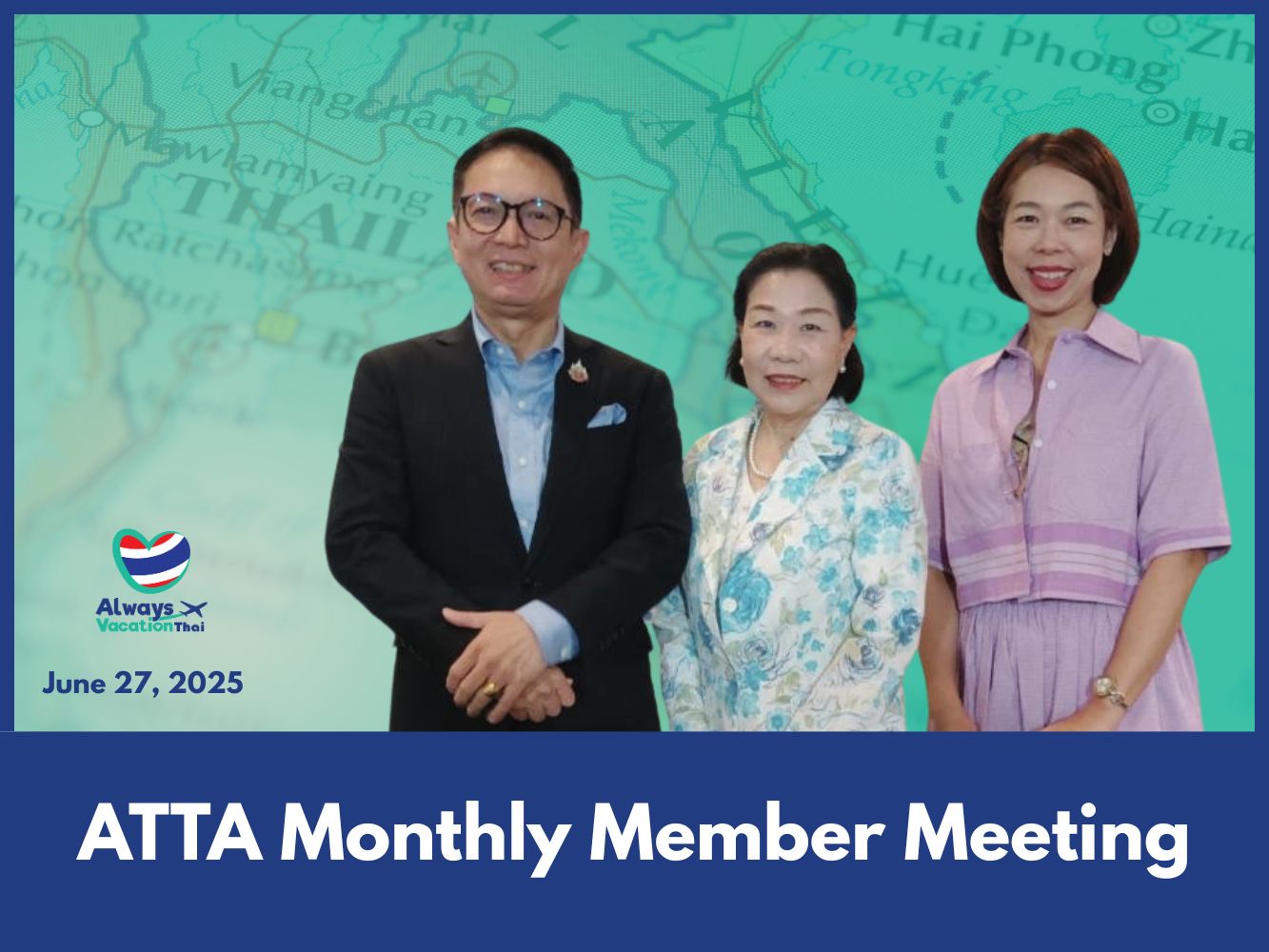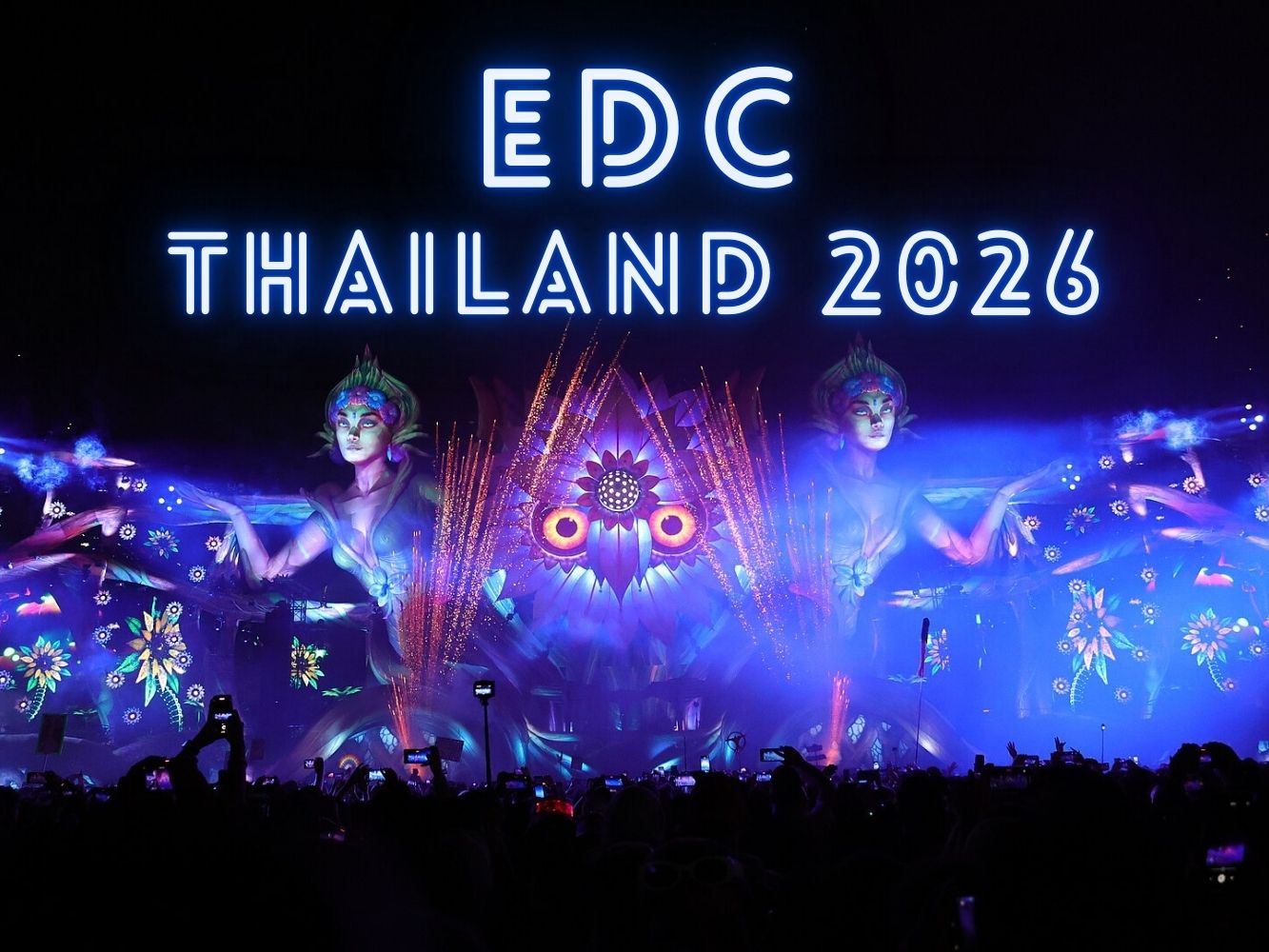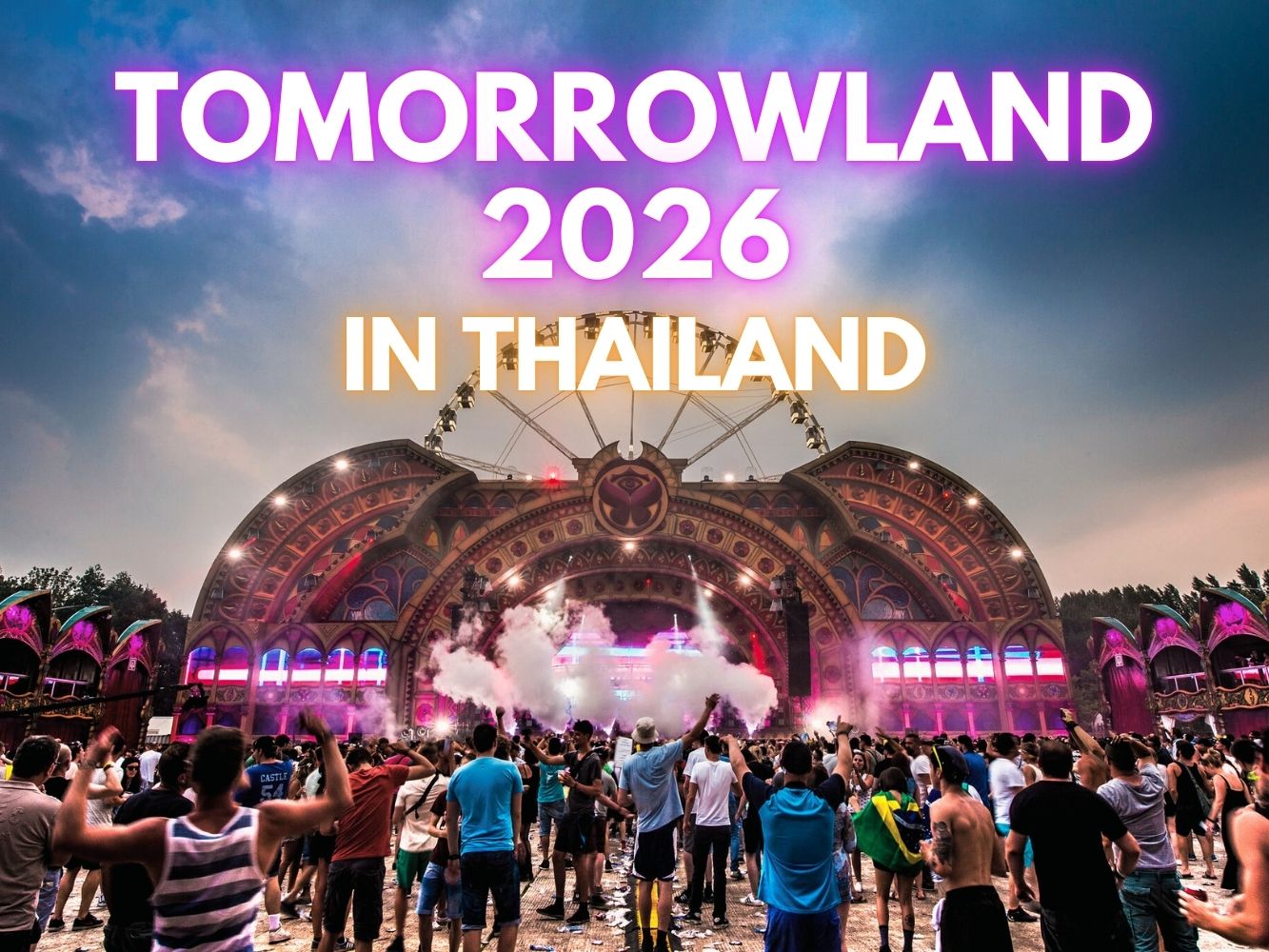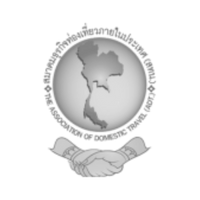“Thailand as a Luxury Sanctuary is not about selling beaches or temples, but about turning time and emptiness into a luxury product that global travelers desire. This is the new vision of the Tourism Authority of Thailand (TAT).”

Luxury tourism in the 21st century is moving in a new direction.
It is no longer about traveling far to collect landmarks like a checklist.
It is about traveling to “escape the world,” to retreat into places where emptiness itself becomes valuable.
Thailand today is therefore not only a destination known for its beaches or temples.
It is being defined as a Luxury Sanctuary—a destination where wealthy travelers around the world choose to come for one single purpose: to do nothing at all.
Imagine a private villa on the hills of Samui.
An infinity pool stretching into the Andaman Sea.
A high-rise suite overlooking the Chao Phraya River at night.
Each is full of details that make guests feel they need not go anywhere else.
Resting in Thailand is thus not a stopover, but a temporary settlement in order to embrace the joy of stillness.
What high-spending travelers are looking for is a journey already curated from the beginning—from full-board dining designed in advance, to spa courses carefully arranged, with only minimal activities such as a boat trip or a morning yoga session, ensuring the day is not overly empty, while leaving the remaining hours as private space for rest.
This cannot happen without a clear positioning by the Tourism Authority of Thailand (TAT), which understands that Thailand’s true potential does not lie in being a “cheap destination,” as it was once defined.
It lies in its repositioning as the most luxurious “Land of Stillness” in Asia.
TAT is not simply selling seas or mountains, but selling time and emptiness as commodities—convincing travelers that when they come here, they need do nothing except eat, sleep, and absorb Thai luxury.
This role is also clear in economic terms.
Travelers who choose to stay in a sanctuary spend many times more per capita than the average, while not creating pressure on destinations beyond their capacity.
Enormous revenues flow into luxury hotels, fine dining restaurants, world-class spas, and specialized transport services.
At the same time, Thailand gains a new image in the global market—
from the land of smiles and value-for-money, to a country offering the Luxury of Nothingness, something competitors in the region cannot yet replicate.
This is the success of TAT’s vision, which is not only about promoting tourism, but about acting as a structural architect, building a new brand identity for Thailand as a sanctuary of luxury—where the wealthy of the world are willing to pay for the privilege of doing nothing, perfectly.
Dr. Napatson Semosorn
Independent Scholar








